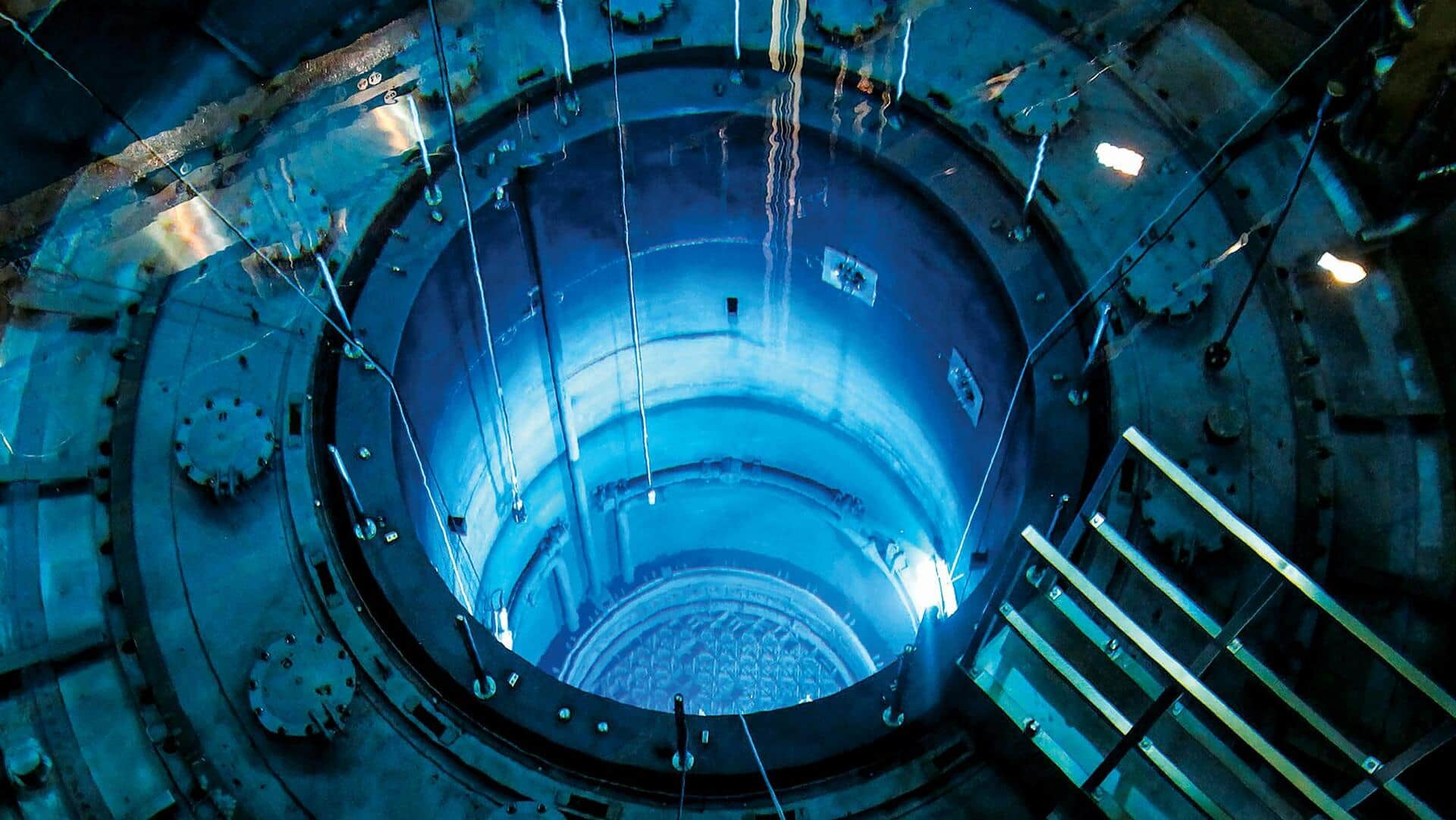
AI streamlines nuclear reactor design, trims development time by decade
What's the story
A research team at Brigham Young University (BYU), led by Professor Matthew Memmott, has made a significant breakthrough in the field of nuclear reactor design. The team has successfully used artificial intelligence (AI) to expedite the traditionally lengthy and expensive process of designing and licensing modern nuclear reactors. This innovation could potentially reduce the development time by a decade, making it faster, safer, and more cost-effective.
Process overhaul
Challenges of traditional nuclear reactor design
The conventional method of designing and licensing a new nuclear reactor in the US can take up to 20 years and cost around $1 billion. This is followed by an additional five-year construction phase, further escalating costs. Professor Memmott emphasized that their goal is "to shorten it, make it safer, cheaper and faster to get the nuclear power, rather than take 20 years to get the license."
Complexity reduction
AI simplifies complex nuclear reactor design process
The design of a nuclear reactor is a multi-scale process, involving everything from quantum scale neutrons to macro-scale coolant flow and heat transfer. Multiple layers of physics are also tightly interconnected, adding further complexity. Memmott's team has demonstrated how AI can simplify this complex process by replacing some of the required thermal hydraulic and neutronics simulations with a trained machine learning model.
Model efficiency
Machine learning model predicts temperature profiles
The machine learning model developed by the BYU team is capable of predicting temperature profiles based on variable geometric reactor parameters. These predictions are then optimized for an ideal nuclear reactor design at a fraction of the computational cost. The team built and tested a dozen machine learning algorithms, refining the top three until they found one that performed exceptionally well, as reported in their study published in Nuclear Engineering and Design.
Practical application
AI algorithm replicates shield design in record time
In a practical test, the BYU team used their AI algorithm to replicate a shield designed by a local nuclear company. The algorithm produced an almost perfect match of the company's shield in just two days, work that would have taken a team of engineers six months to complete. "This is amazing because within a couple of days we were able to do the same work that it took a team of engineers six months to do," said Memmott.